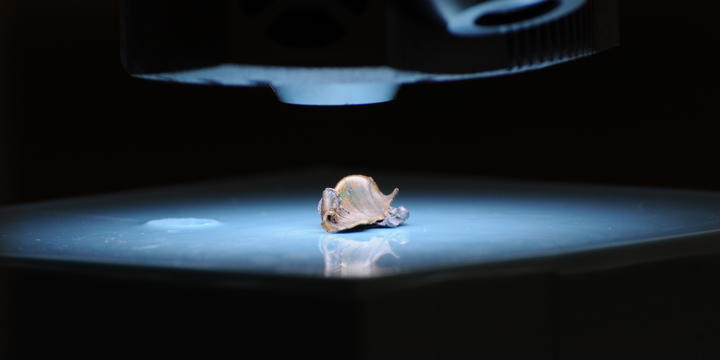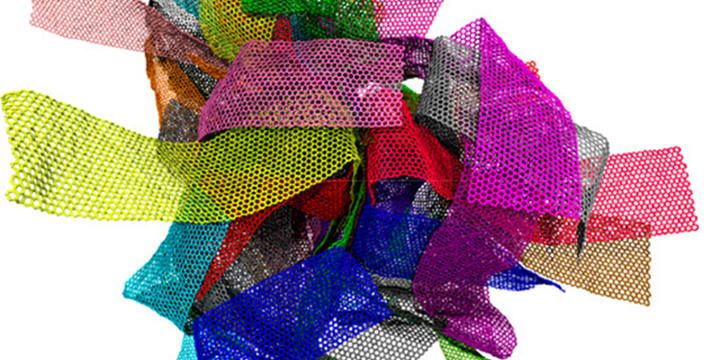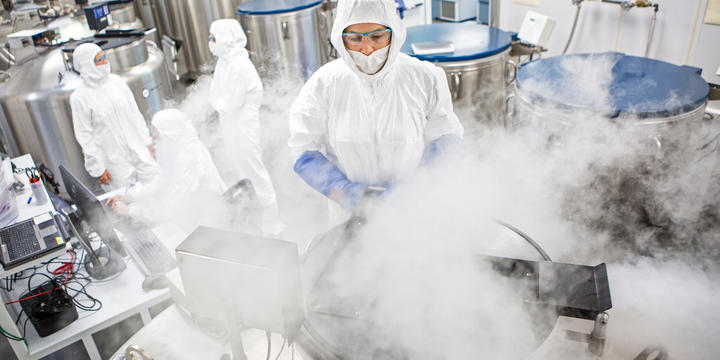Feature Stories
As the nation’s laboratory for measurement science, standards and technology, NIST has stimulated U.S. innovation and economic competitiveness through its world-class work in many areas of national importance. The following features provide big-picture views of the many research fields that NIST has helped to advance.


















